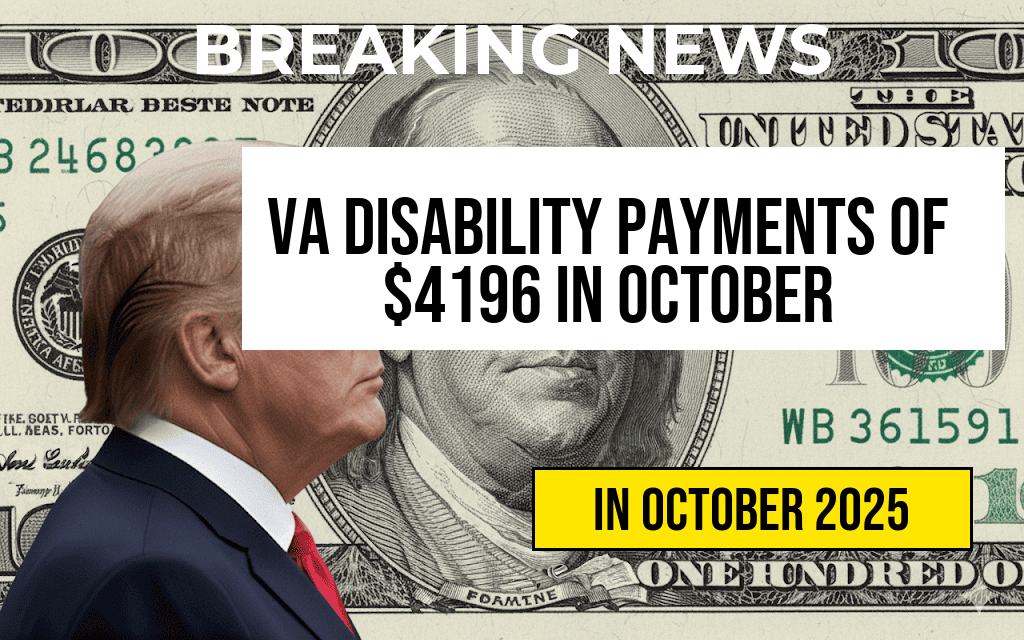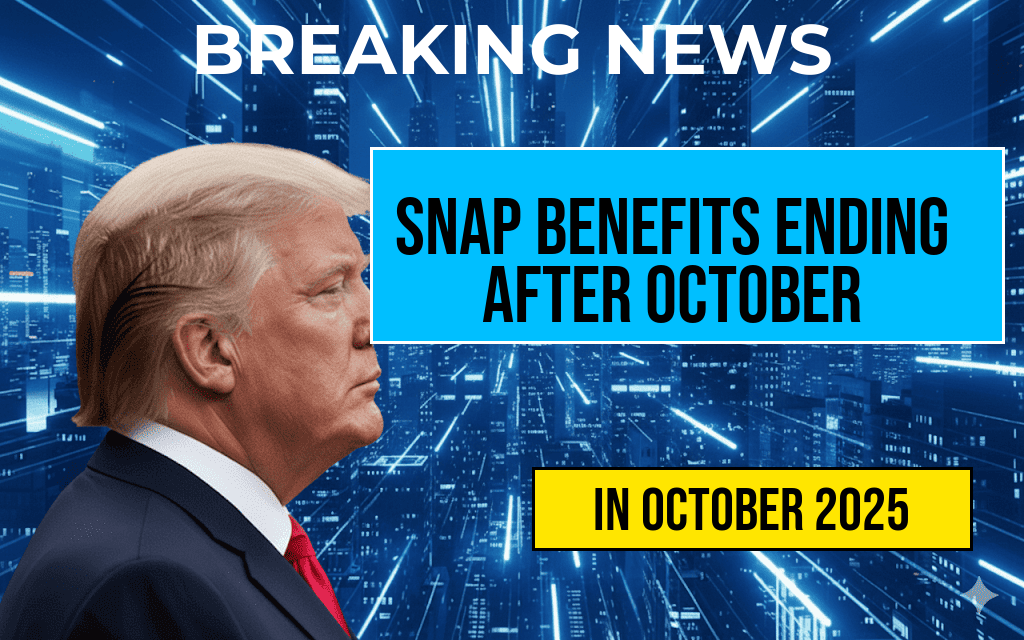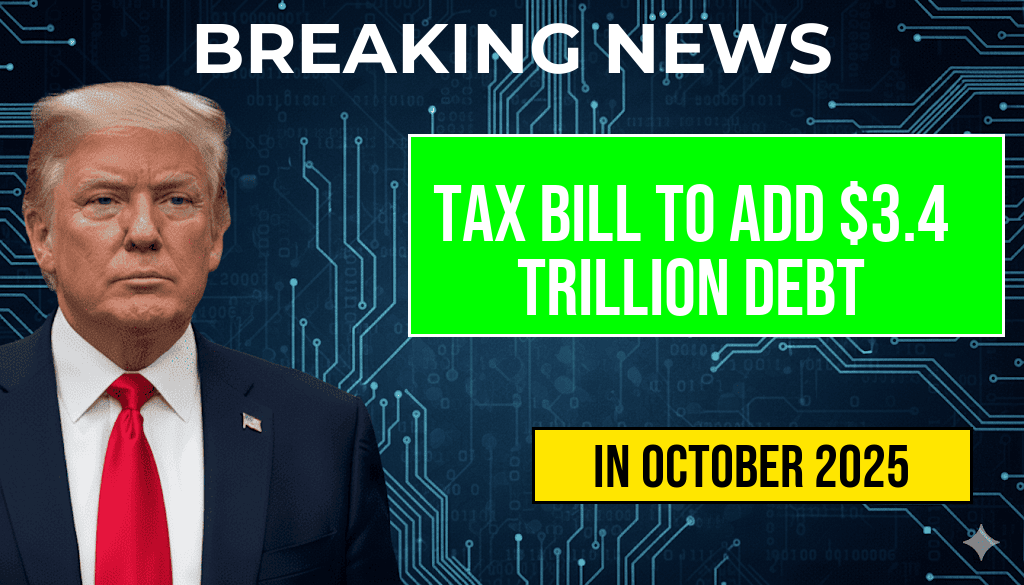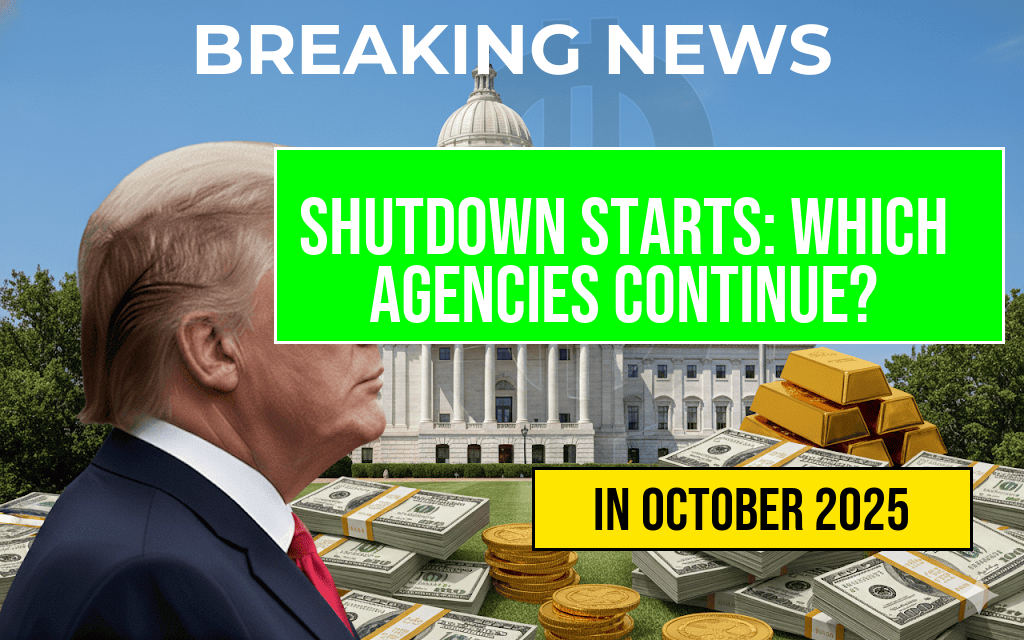The Supplemental Nutrition Assistance Program (SNAP) is set to undergo a significant transformation as federal policymakers announce the end of enhanced benefits that have been in place since the onset of the COVID-19 pandemic. Starting in October, recipients across the United States will see a reduction in their monthly assistance, marking a shift from the temporary boost designed to mitigate economic hardships caused by the pandemic. This overhaul follows a complex interplay of legislative decisions, economic considerations, and evolving public health strategies. The move has sparked concern among advocacy groups and recipients alike, who worry about increased food insecurity amid ongoing economic uncertainties. Meanwhile, policymakers emphasize that the adjustments aim to restore pre-pandemic norms and ensure the sustainability of the program amid fluctuating federal budgets and shifting priorities.
Background on the SNAP Benefits Overhaul
Since March 2020, federal authorities increased SNAP benefits through emergency allotments, providing recipients with additional funds to help navigate the economic fallout of the pandemic. These temporary enhancements, authorized under the Families First Coronavirus Response Act, effectively doubled the maximum benefits in many states, providing critical support to millions of Americans facing unemployment and financial instability.
As the pandemic receded and economic conditions improved, discussions about winding down these supplements intensified. Recent legislation, including the Consolidated Appropriations Act, 2023, mandated the gradual reduction of emergency allotments, culminating in their cessation starting October 2023. The goal, as articulated by federal officials, is to transition SNAP to a more stable, baseline system aligned with pre-pandemic levels, while still ensuring aid reaches those in need.
According to the U.S. Department of Agriculture (USDA), the agency overseeing SNAP, this overhaul aims to balance fiscal responsibility with the program’s core mission of combating food insecurity. However, critics argue that the timing and scale of the reductions may disproportionately affect vulnerable populations, especially in areas with limited economic recovery.
What Will Change for SNAP Recipients?
Beginning in October, SNAP recipients will notice their monthly benefits revert to pre-pandemic levels. The emergency allotments, which often provided an additional $100 to $200 per household monthly, will cease, potentially leaving many families with less purchasing power. The transition is expected to impact approximately 40 million Americans relying on SNAP for food assistance.
| Household Size | Pre-Pandemic Max Benefits | Enhanced Benefits (During COVID-19) | Post-October Benefits |
|---|---|---|---|
| 1 | $250 | $250 + emergency allotment | $250 |
| 4 | $835 | $835 + emergency allotment | $835 |
| Family of 5 | $1,018 | $1,018 + emergency allotment | $1,018 |
While the core benefits will remain, the loss of supplemental funds could make it more challenging for families to cover basic groceries, especially in regions where economic recovery has been sluggish. Advocates warn that this may lead to increased food insecurity, with some households facing difficult choices between essentials.
Impact on Communities and the Economy
Potential Increase in Food Insecurity
Research from organizations such as Feeding America suggests that even minor reductions in SNAP benefits can significantly raise food insecurity rates. A report published by the USDA indicates that about 10% of households receiving SNAP are at risk of missing meals when benefits are cut. The coming decrease could exacerbate existing disparities, especially among children, seniors, and low-income workers.
Economic Ripple Effects
Reduced benefits may also influence local economies. SNAP benefits are often spent quickly within communities, supporting grocery stores, farmers markets, and local vendors. A decline in purchasing power could slow economic activity, particularly in regions heavily dependent on federal assistance programs. Studies show that every dollar spent through SNAP generates approximately $1.50 in economic activity, underscoring its role in local economic stability.
Policy Responses and Support Measures
Some states and local agencies are exploring ways to mitigate the impact, including expanding food banks and community outreach programs. The federal government has also emphasized that recipients can apply for other assistance programs if needed, and urged states to ensure smooth transitions.
Public and Political Reactions
The upcoming changes have sparked a spectrum of responses across the political landscape. Supporters argue that scaling back benefits is necessary to curb government spending and promote self-sufficiency. Opponents contend that the timing is ill-advised, risking increased hardship for vulnerable populations during a period of ongoing economic uncertainty.
Organizations such as the National Food Bank Network warn that the reduction could undo progress made in reducing hunger since the pandemic’s onset. Meanwhile, some lawmakers advocate for targeted support and temporary extensions for communities still struggling to recover.
Looking Ahead
The transition away from pandemic-era benefits marks a pivotal moment for SNAP and the millions it assists. While designed to align the program with its original intent, the change underscores ongoing debates over how best to support low-income Americans amid shifting fiscal policies. As October approaches, communities and policymakers will closely monitor the effects, balancing fiscal responsibility with the imperative to ensure no one goes hungry.
For more information on SNAP benefits and recent policy updates, visit the USDA Food and Nutrition Service or consult Wikipedia’s overview of SNAP.
Frequently Asked Questions
Question
When will SNAP benefits for recipients end due to the recent overhaul?
Question
What are the main changes in the SNAP program coming after October?
Question
How will the overhaul impact beneficiaries currently receiving SNAP benefits?
Question
Are there alternative assistance options available for those affected by the SNAP changes?
Question
Who can I contact for more information about the SNAP benefit changes and overhaul?










